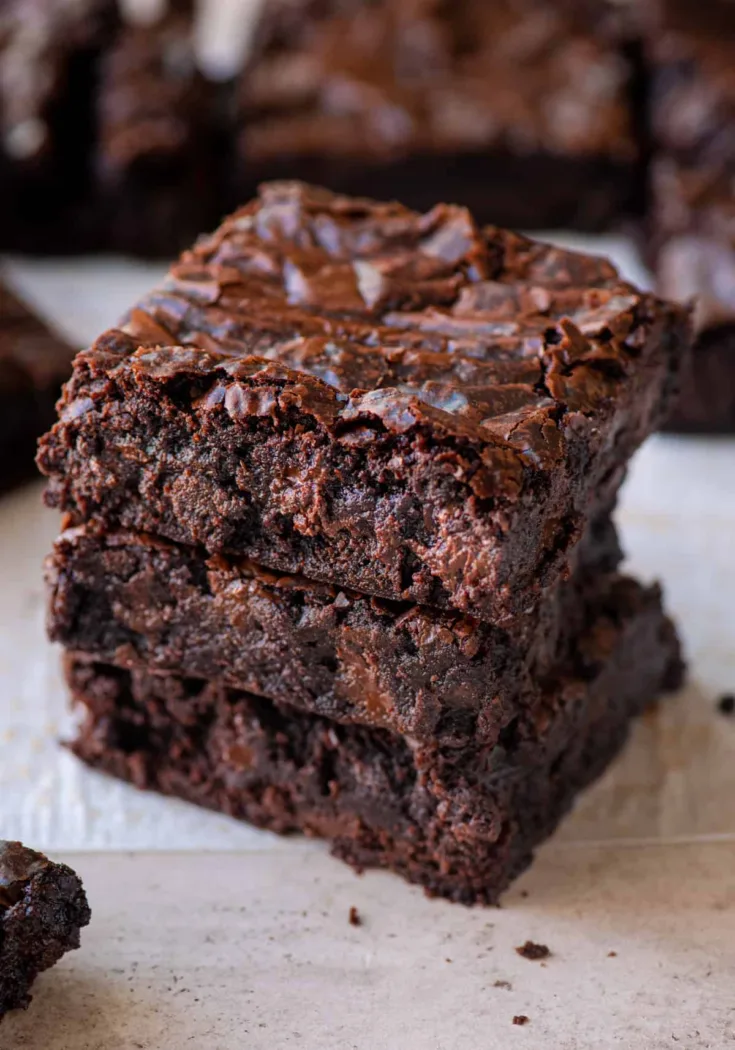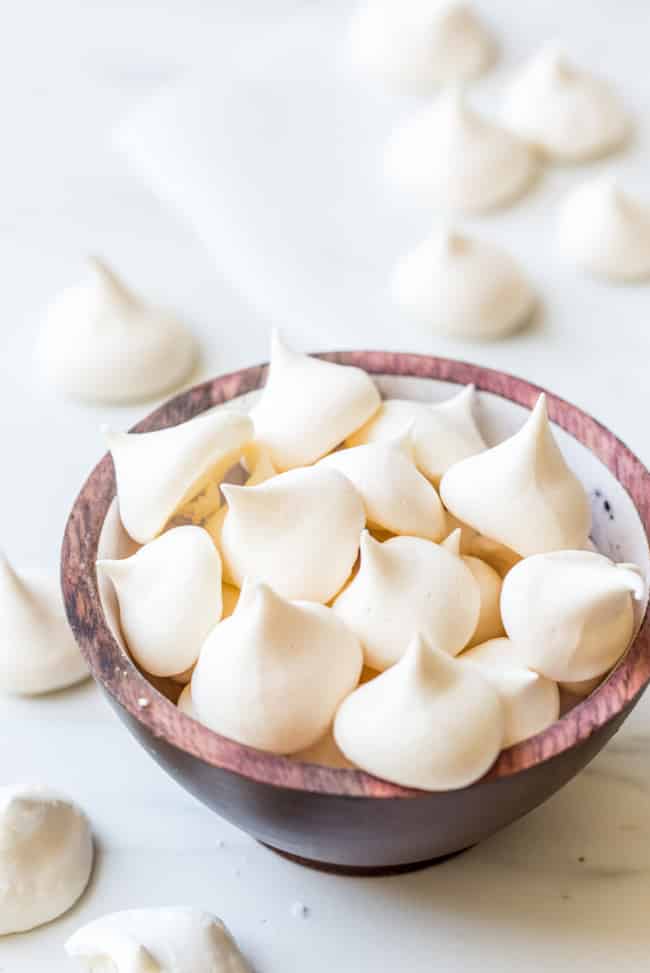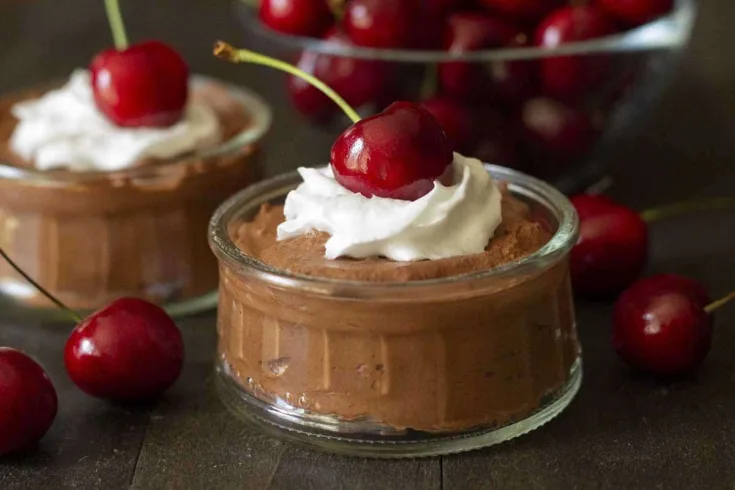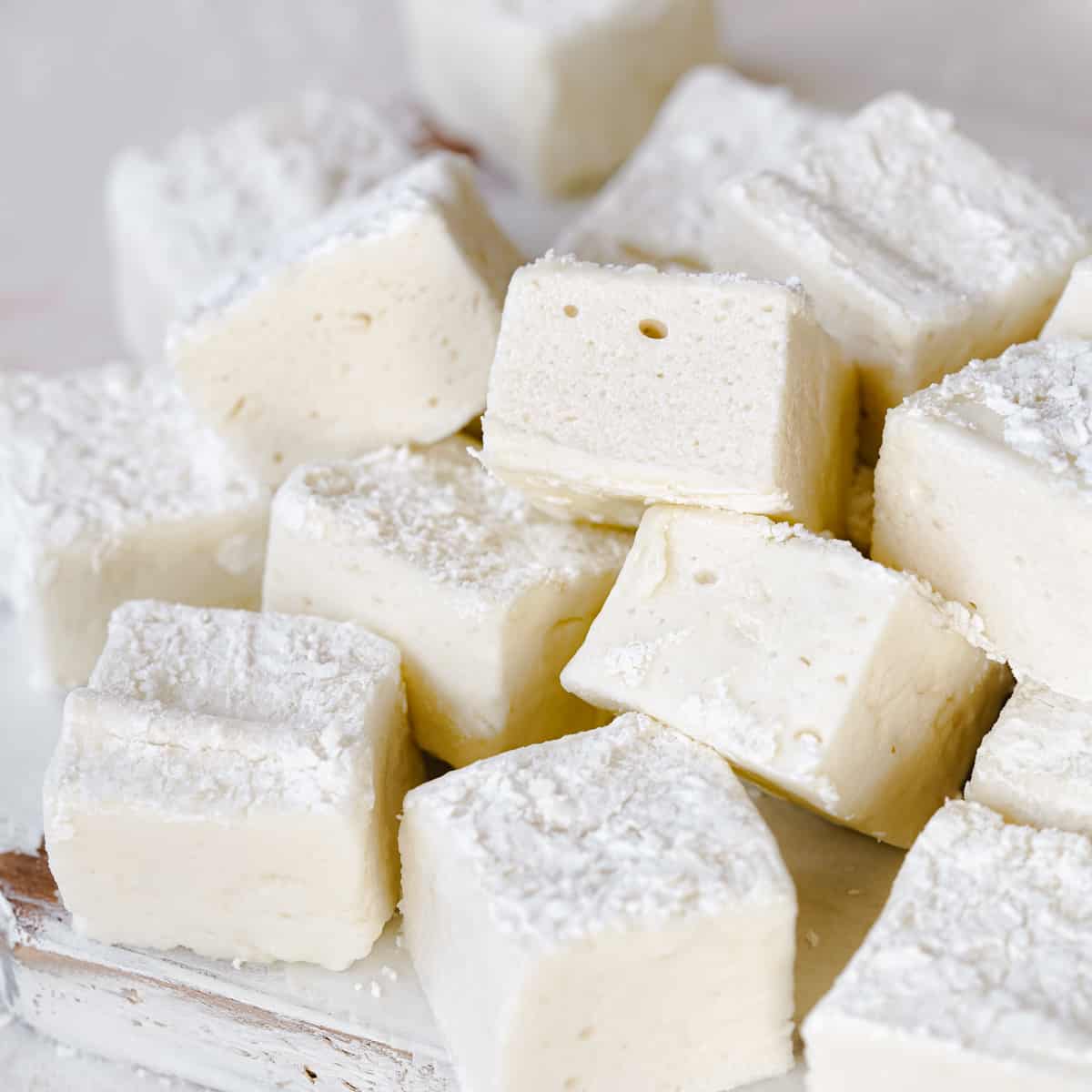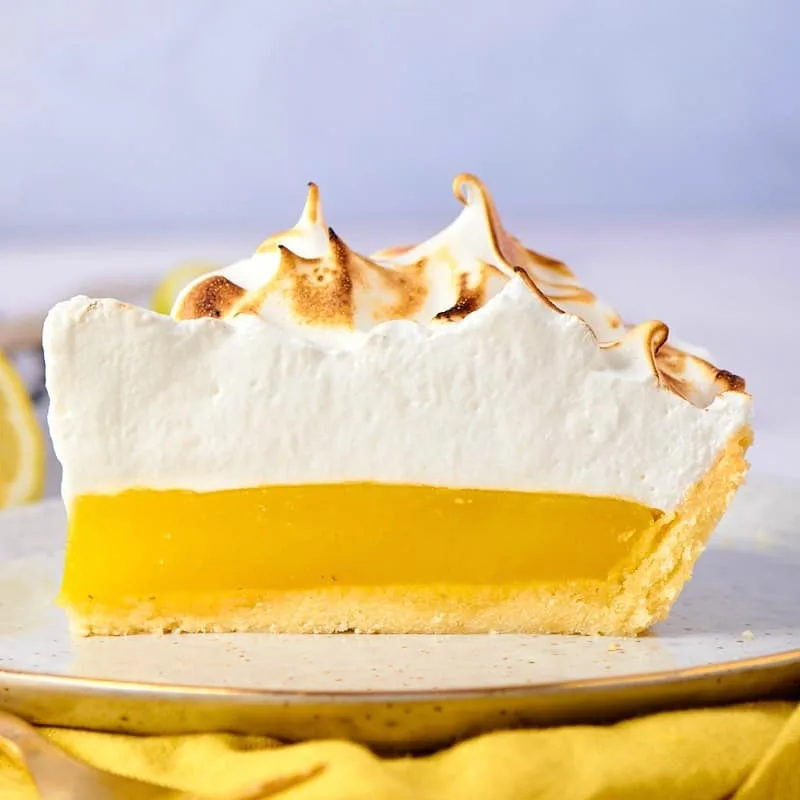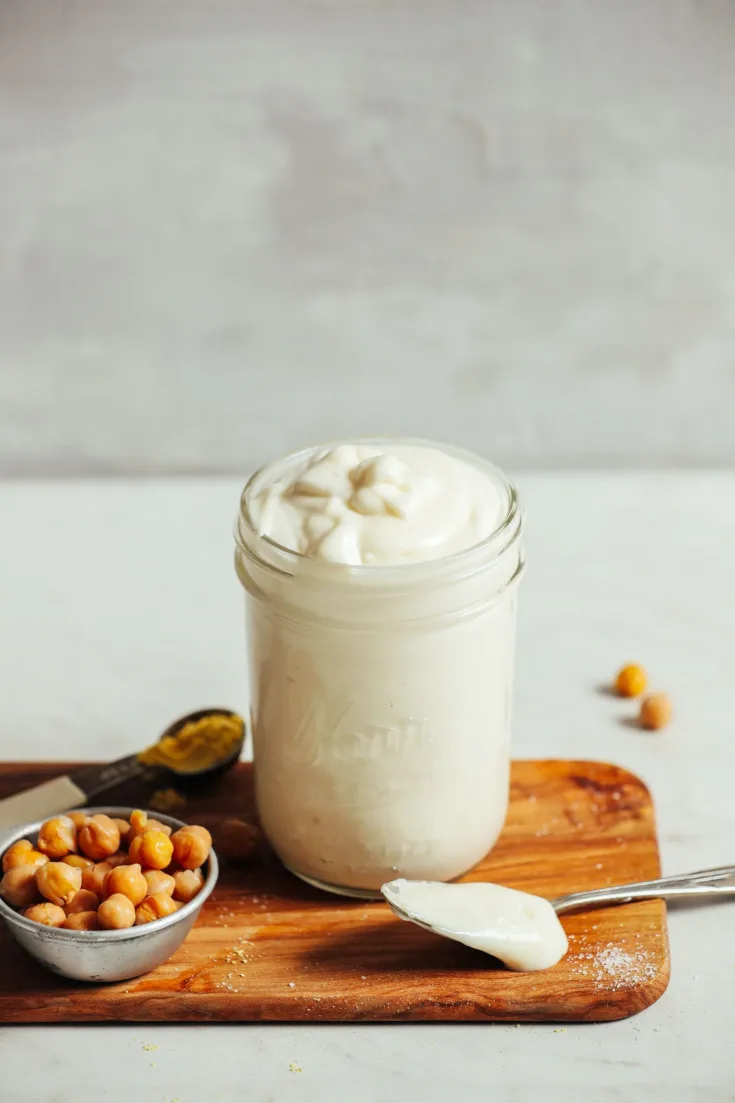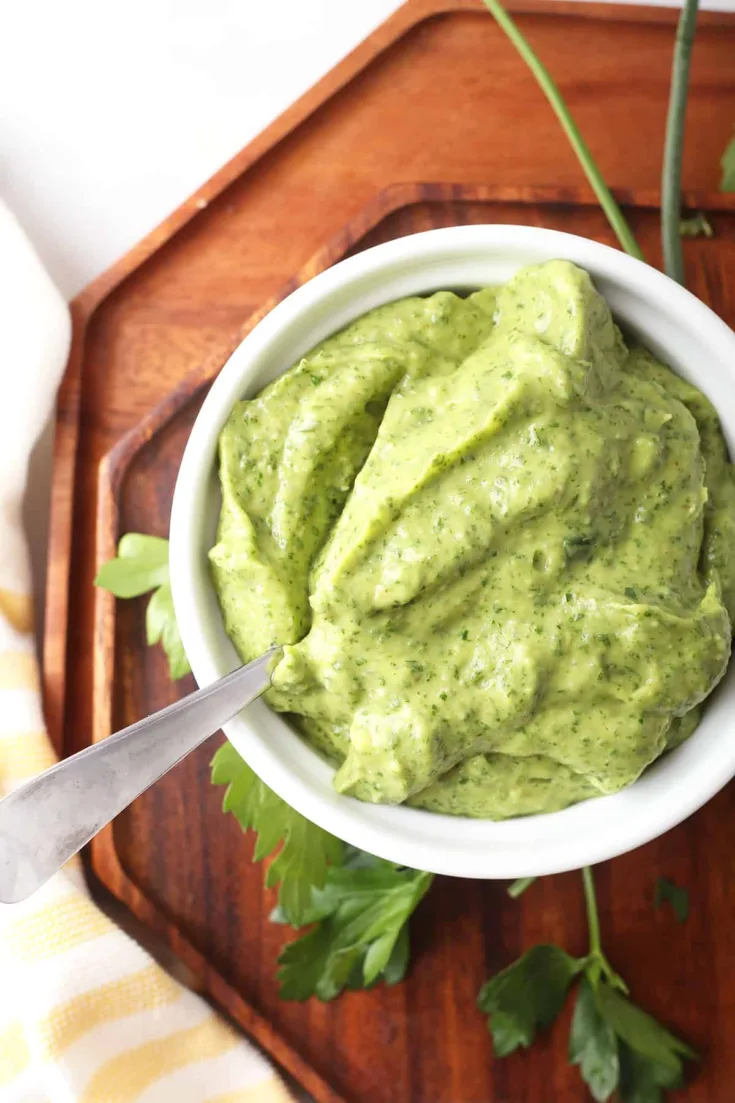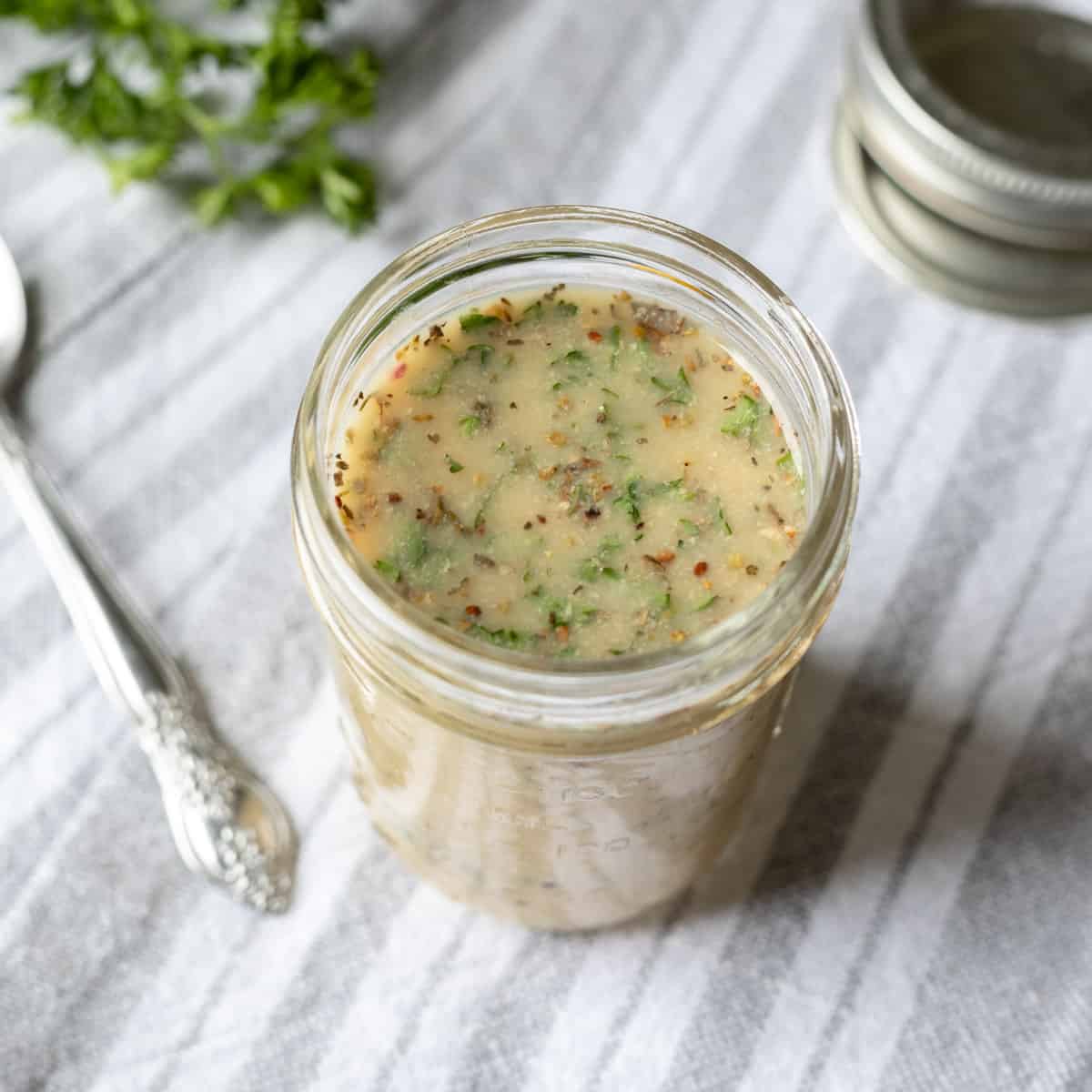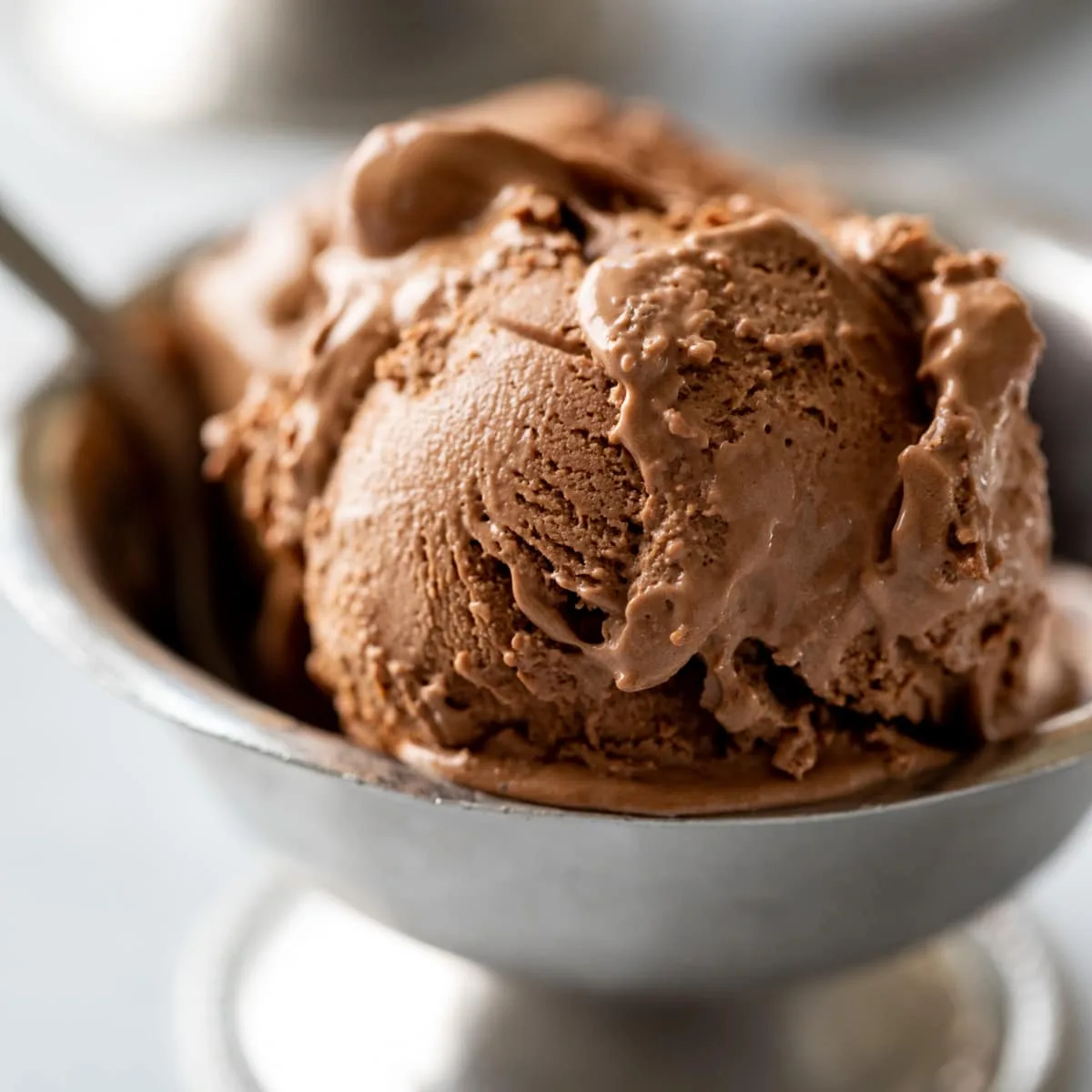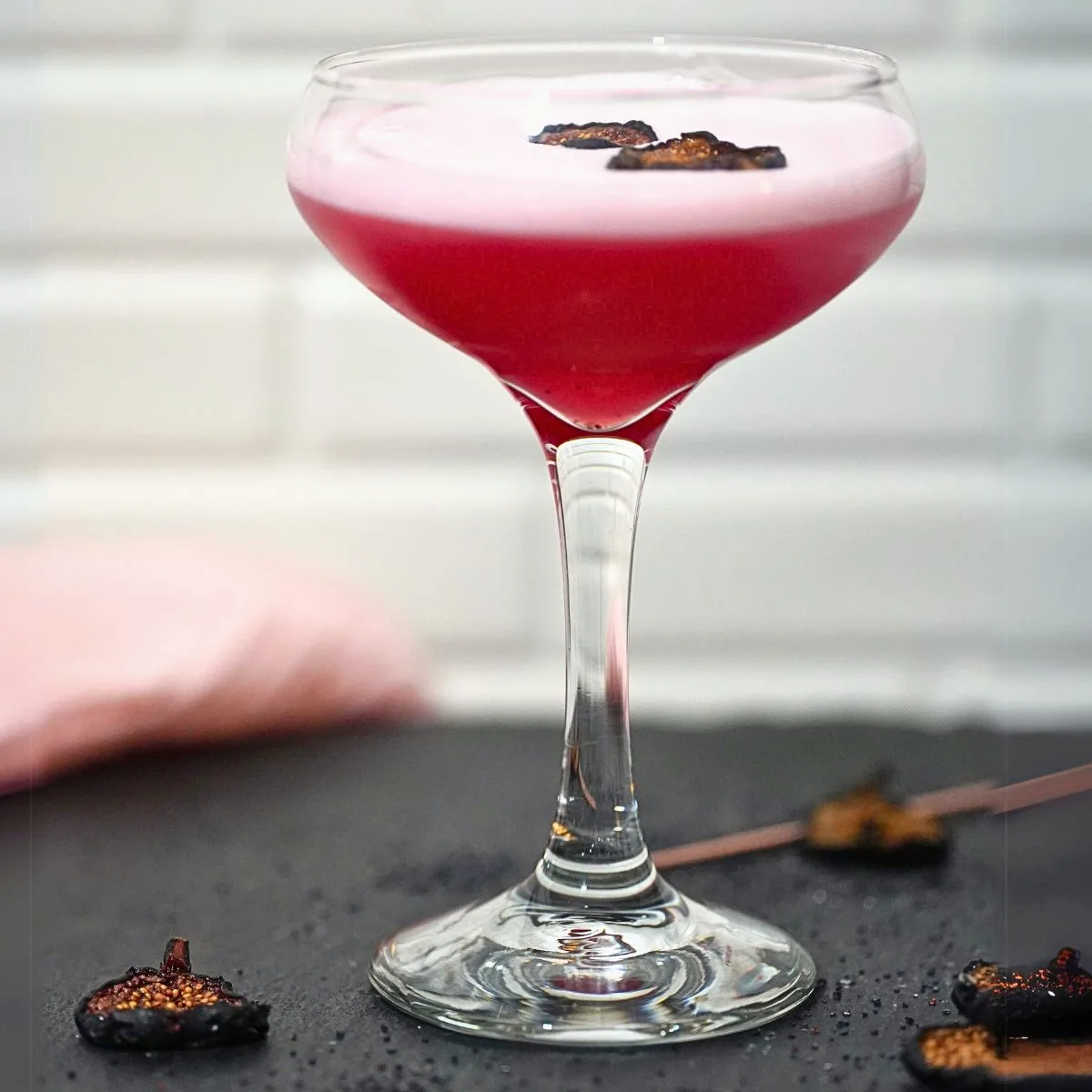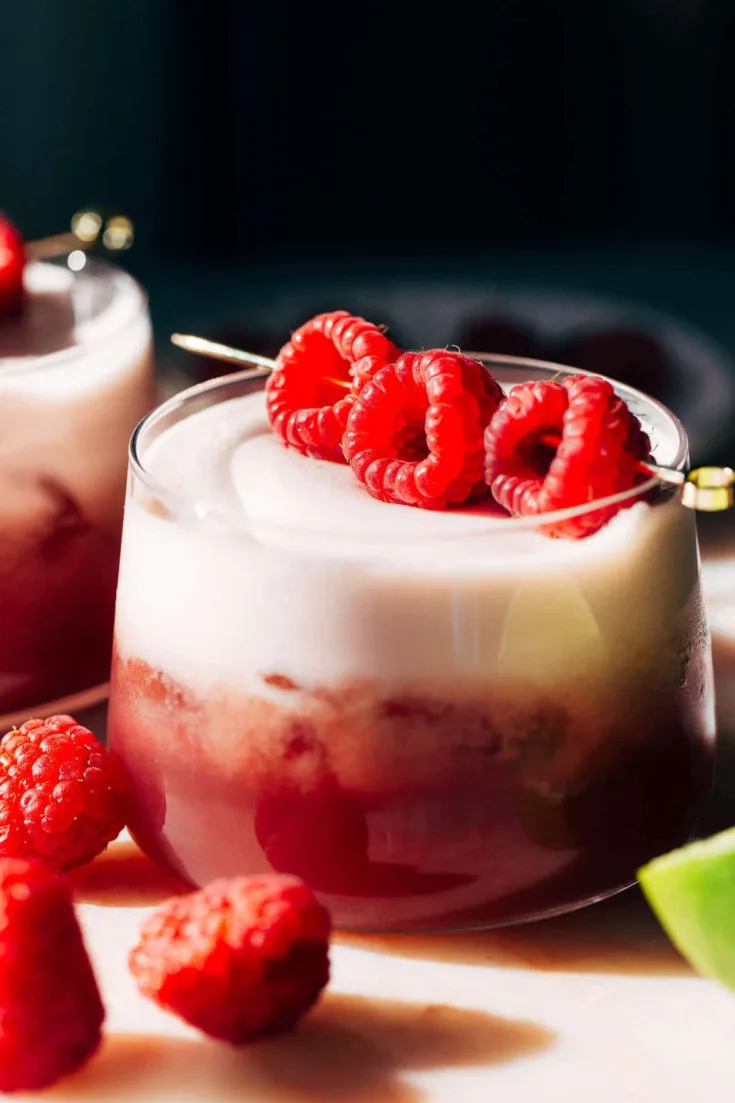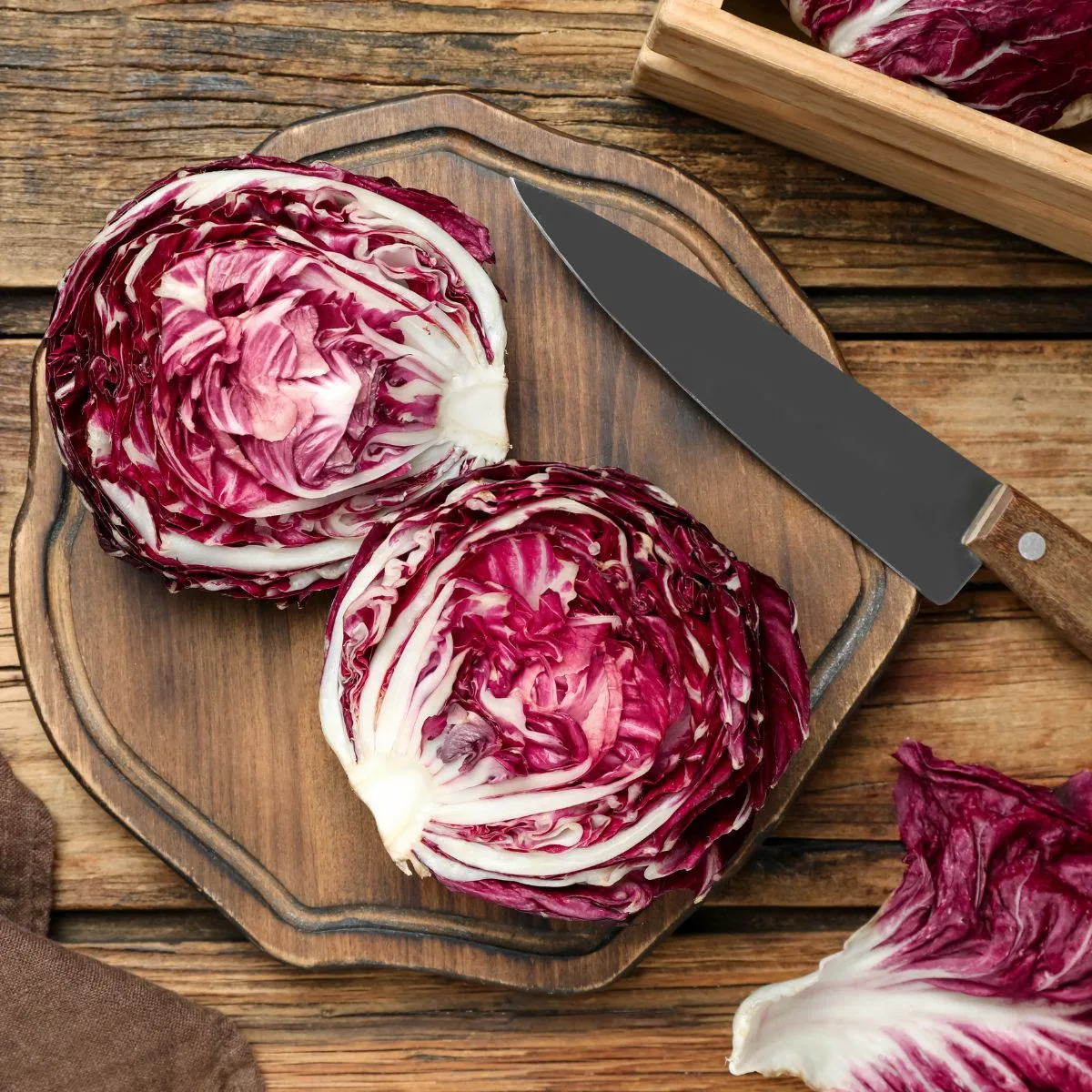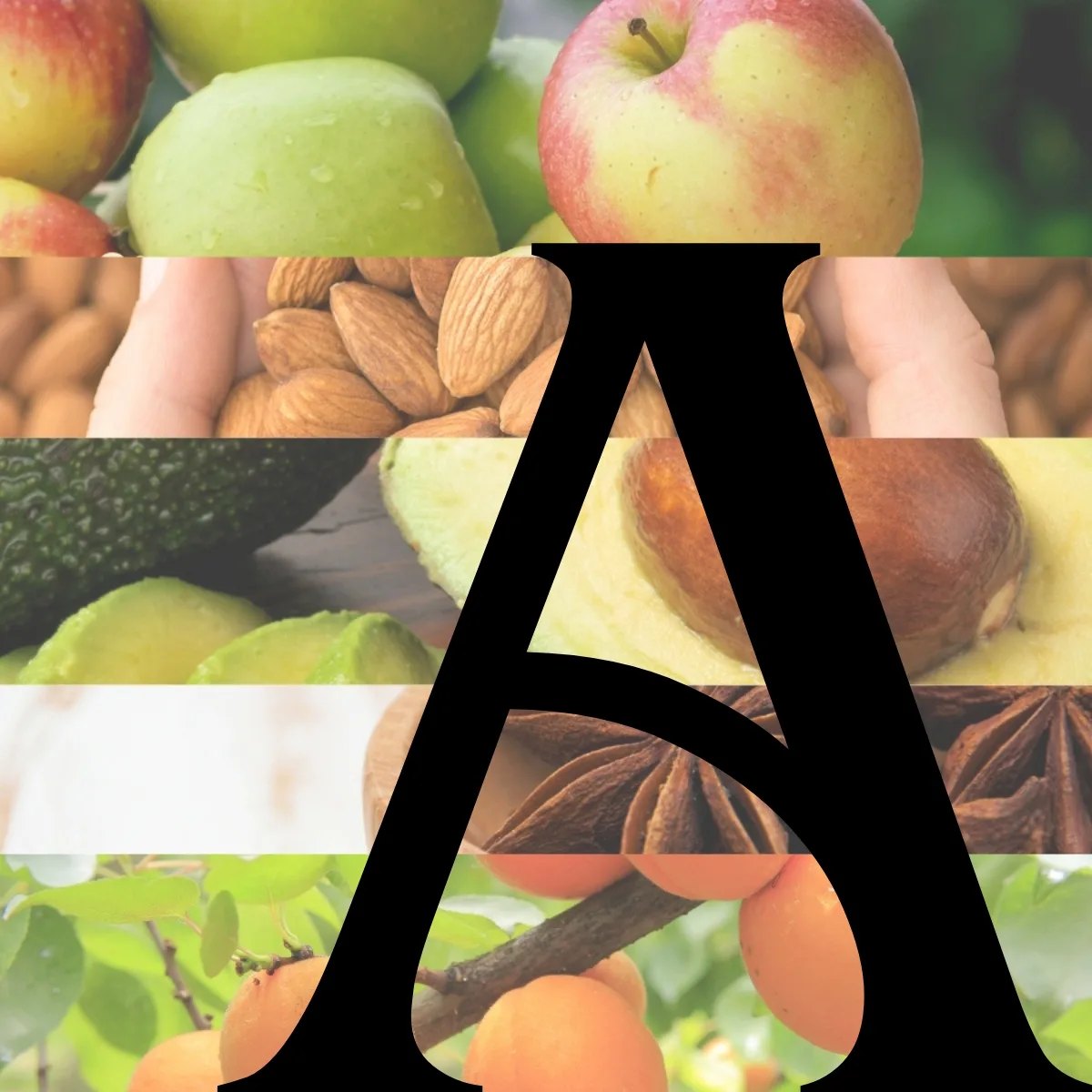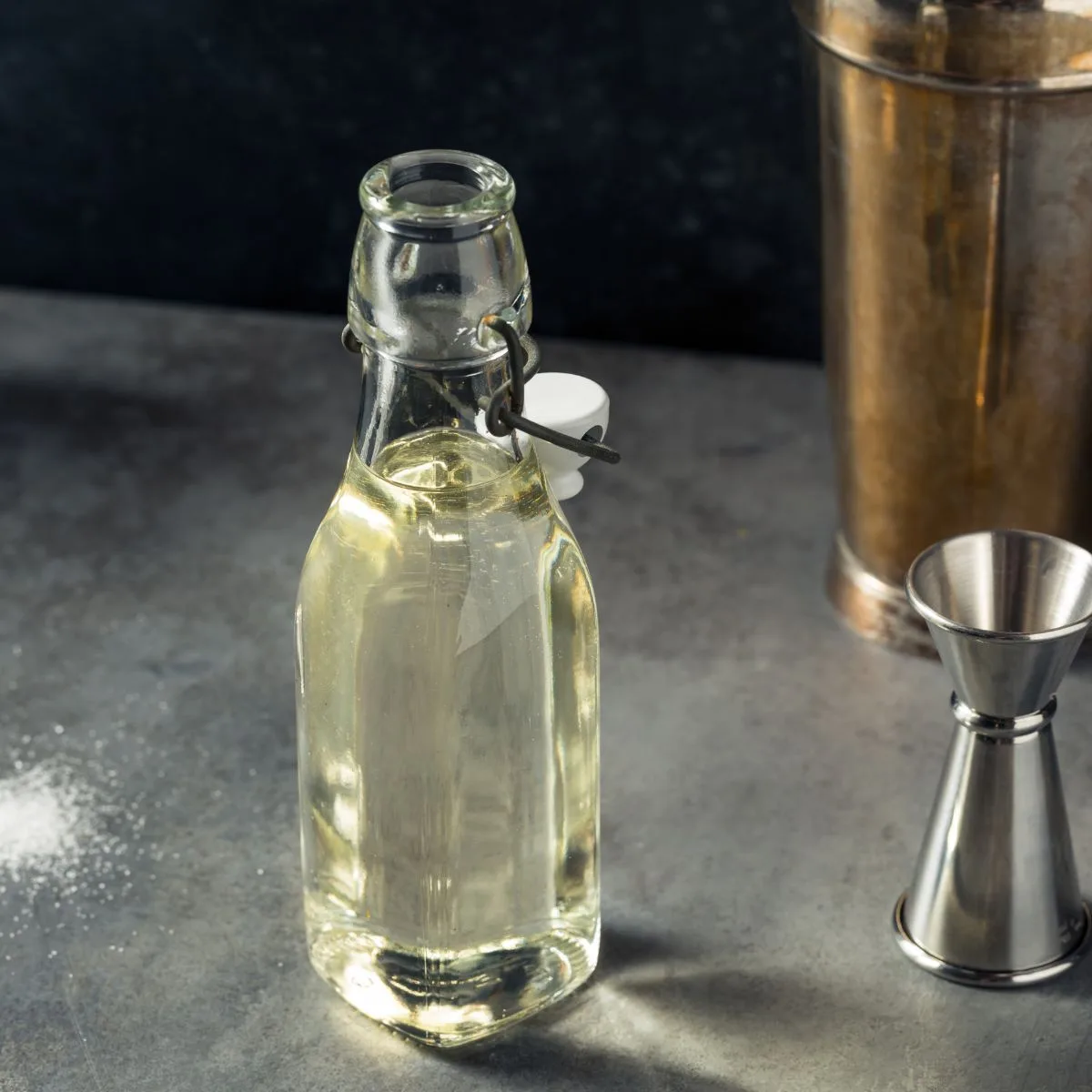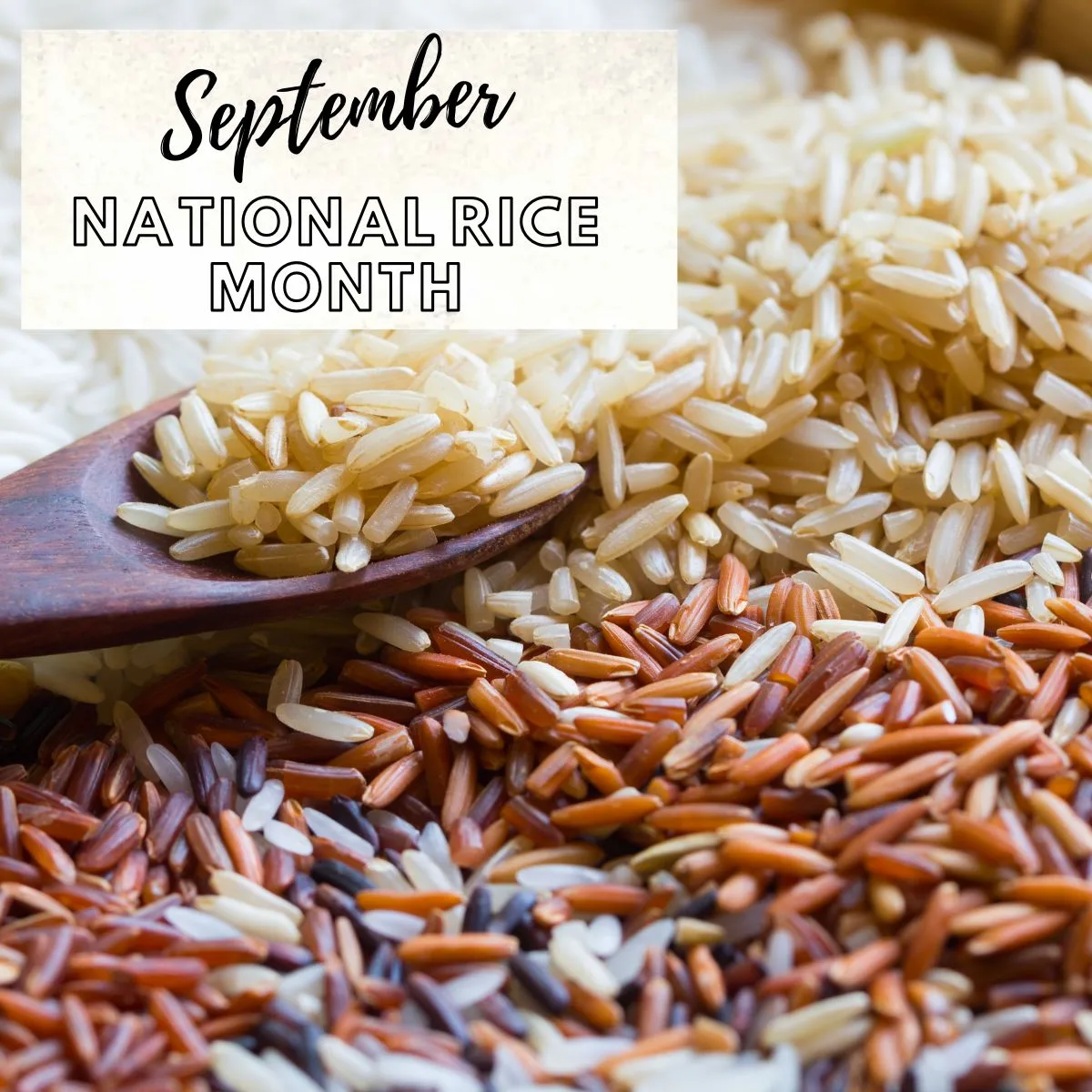What is AquaFaba and How to Use It
When it comes to plant-based cooking and baking, finding suitable alternatives for eggs can be a challenge. However, a relatively new and exciting ingredient has emerged in recent years that has revolutionized vegan and vegetarian recipes – AquaFaba or Aqua Faba. Let’s explore what aquafaba is and how to use it in your culinary creations.
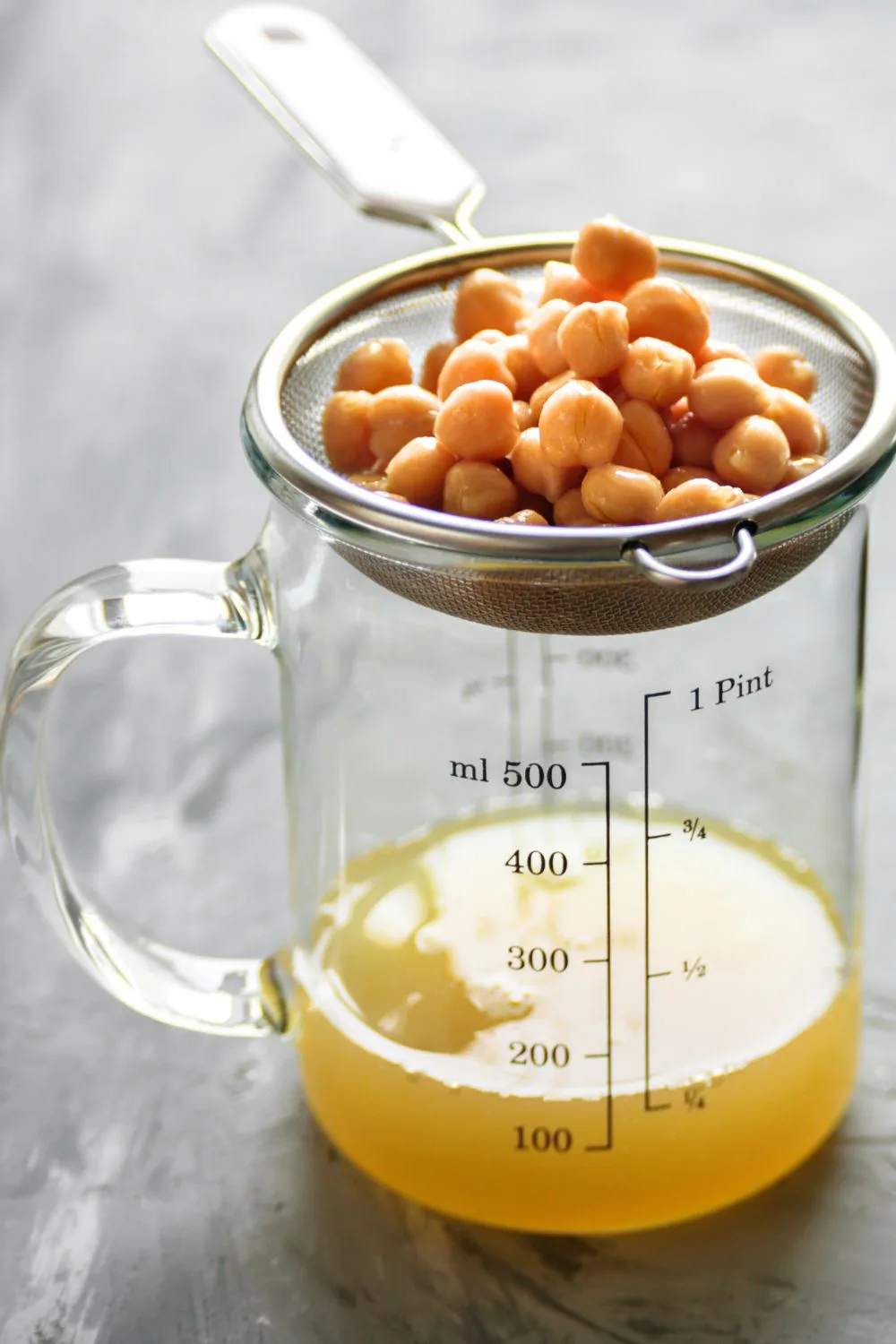
What is AquaFaba?
Aqua faba, derived from Latin meaning “bean water,” is the liquid found in canned or cooked legumes, such as chickpeas or white beans. It is the viscous liquid that remains after cooking or canning the beans and can be used as an egg white substitute due to its unique properties.
The magic of aqua faba lies in its ability to mimic the functional properties of egg whites, such as binding, foaming, and emulsifying. It contains starches, proteins, and other soluble plant solids that create a gel-like consistency when whipped or heated.
How to Use AquaFaba
Aquafaba can be used in various culinary applications, including baking, cooking, and even creating vegan desserts. Here are some popular ways to incorporate aqua faba into your recipes:
1. Egg Replacer in Baking
Aquafaba can be used as a direct replacement for eggs in many baking recipes, such as cakes, cookies, and muffins. The general rule of thumb is to replace one egg with three tablespoons of aqua faba. However, it’s essential to adjust the liquid content in the recipe accordingly to maintain the desired consistency.
For example, if a recipe calls for three eggs, you would use nine tablespoons of aqua faba. Whisk the aqua faba until it becomes frothy and then add it to the recipe as you would with eggs. The result is often a moist and fluffy baked good, similar to those made with traditional eggs.
2. Vegan Meringues and Marshmallows
Aquafaba is a game-changer when it comes to making vegan meringues and marshmallows. Whip the aqua faba until it forms stiff peaks, similar to how you would whip egg whites. Gradually add sugar and any desired flavorings while continuing to whip until the mixture becomes glossy and holds its shape.
For meringues, you can spoon or pipe the mixture onto a baking sheet and bake at a low temperature until they are crisp on the outside. For vegan marshmallows, you can add vegan gelatin or agar-agar to help set the mixture before cutting it into desired shapes.

3. Vegan Mayo and Dressings
Aqua faba can also be used to create creamy and vegan-friendly mayonnaise and dressings. By whisking aqua faba with oil, vinegar or lemon juice, and seasonings, you can achieve a thick and emulsified consistency similar to traditional mayo. This versatile base can then be used as a spread, dressing, or dip.
4. Vegan Ice Cream
Believe it or not, aqua faba can even be used to make vegan ice cream. By combining whipped aqua faba with a sweetened base of your choice, such as coconut milk or cashew cream, you can create a light and airy ice cream mixture. Freeze the mixture and churn it in an ice cream maker for a delicious plant-based frozen treat.
5. Cocktails and Mocktails
This vegan alternative to egg whites has gained popularity among mixologists for its unique properties that allow it to create foams, emulsify ingredients, and add a silky texture to drinks. One of the most popular uses of aquafaba in cocktails is in the creation of foams. By simply whisking or shaking aquafaba with other ingredients, bartenders can achieve a frothy, meringue-like foam that adds a visually appealing and velvety texture to the drink.
This foam can be used as a topping for cocktails such as sours, fizzes, and flips, giving them an elegant and professional touch. Aquafaba also acts as an emulsifier, helping to bind ingredients together and create a smooth and well-balanced cocktail. It can be used to create creamy and rich cocktails like the classic Whiskey Sour or the famous Ramos Gin Fizz. We used aquafaba in our Fig Sour Cocktail recipe and it worked beautifully.
The addition of aquafaba not only enhances the texture but also adds a subtle nutty flavor that complements a wide range of spirits. For those who prefer non-alcoholic beverages, aquafaba can also be used in mocktails to create a similar foam and texture.
Aqua Faba – Egg Replacer
Aqua faba has opened up a world of possibilities for those following a plant-based diet or looking for egg alternatives in their recipes. Its unique properties make it a versatile ingredient in baking, cooking, and dessert-making. Whether you’re a vegan, vegetarian, or simply curious about exploring new ingredients, aqua faba is worth experimenting with in your culinary adventures.
Try These Amazing Recipes Using AquaFaba
Recipes Using Aquafaba
Try our favorite recipes using aquafaba
This Italian treat is naturally gluten and oil-free. Crunchy on the outside, chewy on the inside, and with a beautiful almond flavor, these Vegan Amaretti Cookies will become a firm favorite.
These epic Vegan Brownies are absolutely mind blowing. They’re supremely fudgy, chewy, and chocolatey, and feature the classic crinkle top. You’ll never settle for dry, crumbly, or cakey brownies after trying this recipe!
These Vegan Strawberry Macarons are made using the French method, and are filled with Vegan Strawberry Buttercream and Strawberry Jam.
Learn how to make the best light and crispy Vegan Meringue kisses with whipped up aquafaba – only four ingredients needed to make these egg free, melt-in-your-mouth cookies!
Rich and creamy vegan chocolate mousse made with a secret ingredient...aquafaba!
Fluffy, gooey, springy vegan marshmallows based on eggless Italian meringue. Add them to s'mores, a cup of hot cocoa, or toast over the campfire.
The BEST Vegan lemon meringue pie recipe- A delicious vegan lemon curd topped with vegan meringue! No refined sugar and no eggs needed, this vegan lemon pie is a show stopper!
Creamy, tangy vegan mayo made with aquafaba! 5 minutes, 6 ingredients, and 1 bowl required! A delicious and versatile plant-based spread perfect for sandwiches, sauces, dressings, and more!
Put this vegan Green Goddess Dressing on everything! It is not only delicious but also oil free! Made with a base of creamy avocado whipped together with aquafaba for a healthy plant-based dressing that tastes just like the classic.
This oil-free, fat-free salad dressing has the perfect balance of acid, salt, and herbs to add zip to your salads and so much more. You'll love the classic, zesty Italian flavor... and no oil!
This amazing vegan chocolate chickpea ice cream is not only dairy-free and egg-free, but also contains no nuts or coconut! It's rich, silky, and so chocolatey. No one will ever believe this ice cream is vegan and made with chickpeas!
A simple way to make vegan ice cream without an ice cream maker. Free of dairy, gluten, and nuts.
Creamy, fruity this ice cream is simply to melt away.
This empress gin cocktail combines gin, Bianco vermouth, grapefruit juice, lemon bitters, and aquafaba for that fluffy foam texture. Sit back and enjoy slow sips of this cocktail all weekend long.
We used aquafaba (chickpea water) as a vegan egg white substitution, along with fresh lemon, and a bit of cask-strength bourbon to create a much-improved version the Amaretto Sour.
The cocktail of the holiday season! This pomegranate rosemary cocktail brings brightness and cheers this holiday with its balance of fruity flavor and warmth from the rosemary. ‘Tis the season with this beautiful and delicious cocktail.
Looking for a unique and delicious cocktail recipe? We have created the Fig Sour cocktail. This refreshing blend of flavors combines the sweetness of figs with the tanginess of citrus, resulting in a simple yet sophisticated drink.
This raspberry mocktail is a non-alcoholic spin on an aperitif sour. Shaken with fresh citrus, raspberry jam, aperitif alternative, and aquafaba for a frothy finish, this cocktail has the perfect mix of sweet, tart, bitter, and smooth.
Thyme of Season has a sister site. Just Baking Cookies is in the process of launching.


